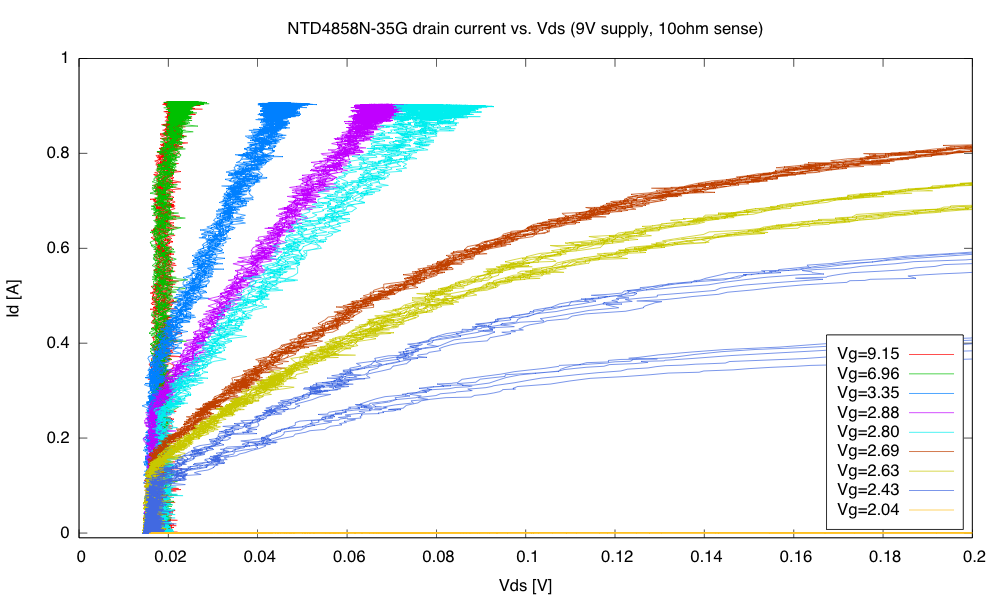Today’s quiz in class was very disappointing for me, and I don’t know what to do differently to get better results.
Yesterday in lab I returned the quizzes from before break and urged students to look through all the old quizzes and rework any questions they got wrong, reminding them that I recycle questions.
In this morning’s class, before the quiz students asked me to show them (again) how to do one of the questions on the last quiz:
Design a voltage divider implementing Vout − Vref = G(Vin − Vref ), where G can be adjusted from ≈ 0.33 to ≈ 0.67 using a 10 kΩ potentiometer. Use port symbols to connect to Vin, Vref , and Vout.
I showed them two solutions—one that I had expected and a correct, but different solution that a student had come up with.

Here are the two solutions: mine on the left and an alternative one on the right. (There is a third solution, similar to the second one, but with the potentiometer as variable resistor on the lower leg, rather than the upper one, and the two fixed resistors swapped.)
I had already shown them my solution a week and a half ago, right after they took the quiz, and I had posted both solutions on Piazza. I not only showed the solution, but gave them an explanation of how it worked again and answered some questions students had about it (like why the gain was expressed the way it was with Vref, and why it was even considered a gain).
Right after that I erased the board and handed out the quizzes. One of the quiz questions was the identical question that I had just worked on the board for them. I was resigned to this being a free point for them (just like putting their section number on the quiz is a free point, which I use to distinguish those who are absent from those who are present but get no questions right).
But 20 of the students got no points for the question and 15 got only half credit (out of a class of about 72—there were supposed to be 79, but there were 7 students absent). So almost half the class could not retain for 5 minutes a simple circuit that they should have been able to derive in a couple of minutes and which they had seen at least 3 times already.
Help! During the last 10 weeks I’ve gone through just about all the ways I can think of to have the students understand voltage dividers and potentiometers, and I’m obviously not getting through to 28% of them (probably more, since the absentees are likely to be in the group that can’t do the problem also).
Does anyone have any useful advice? (Giving up on the students is not useful advice—I want them to succeed.)












